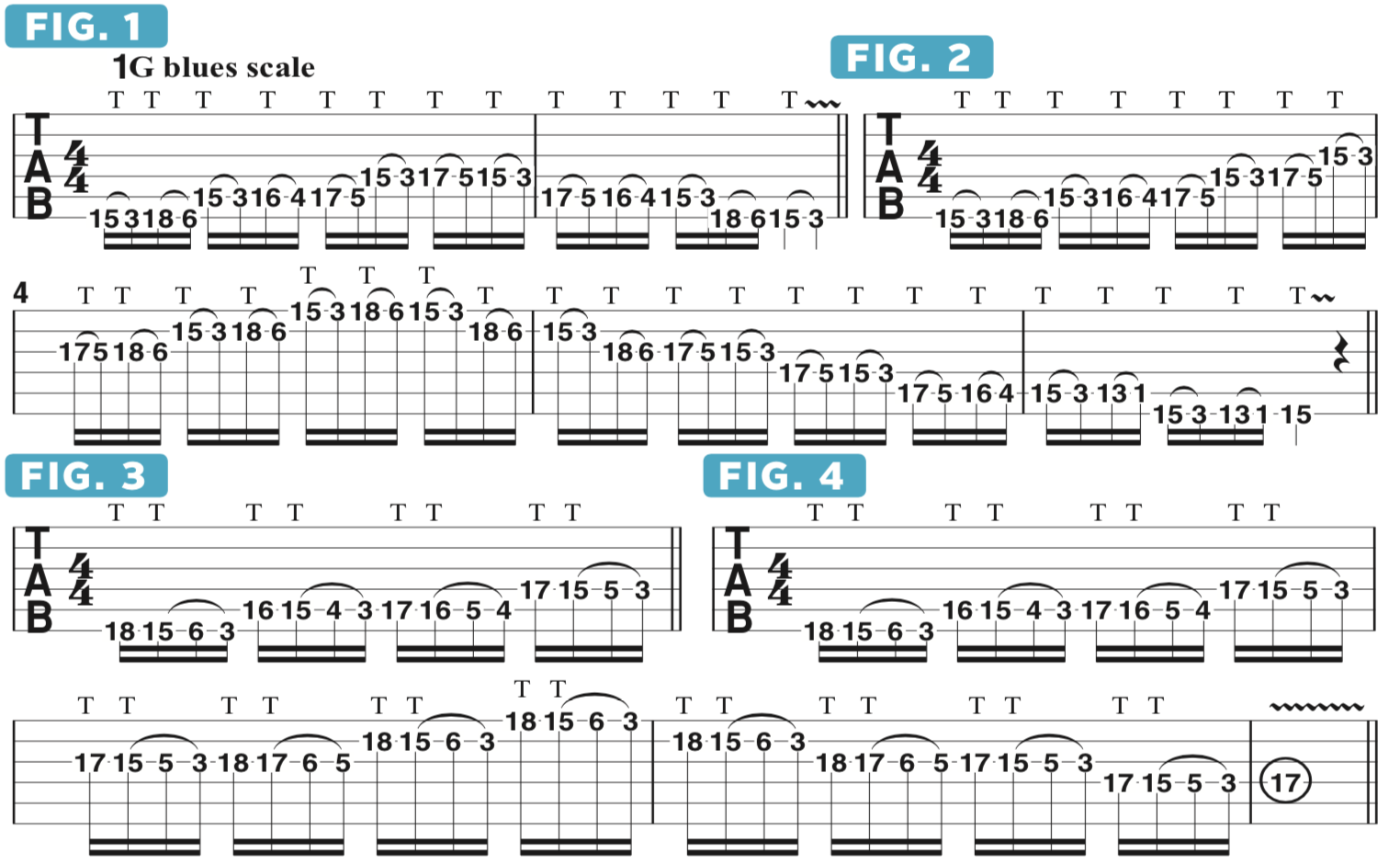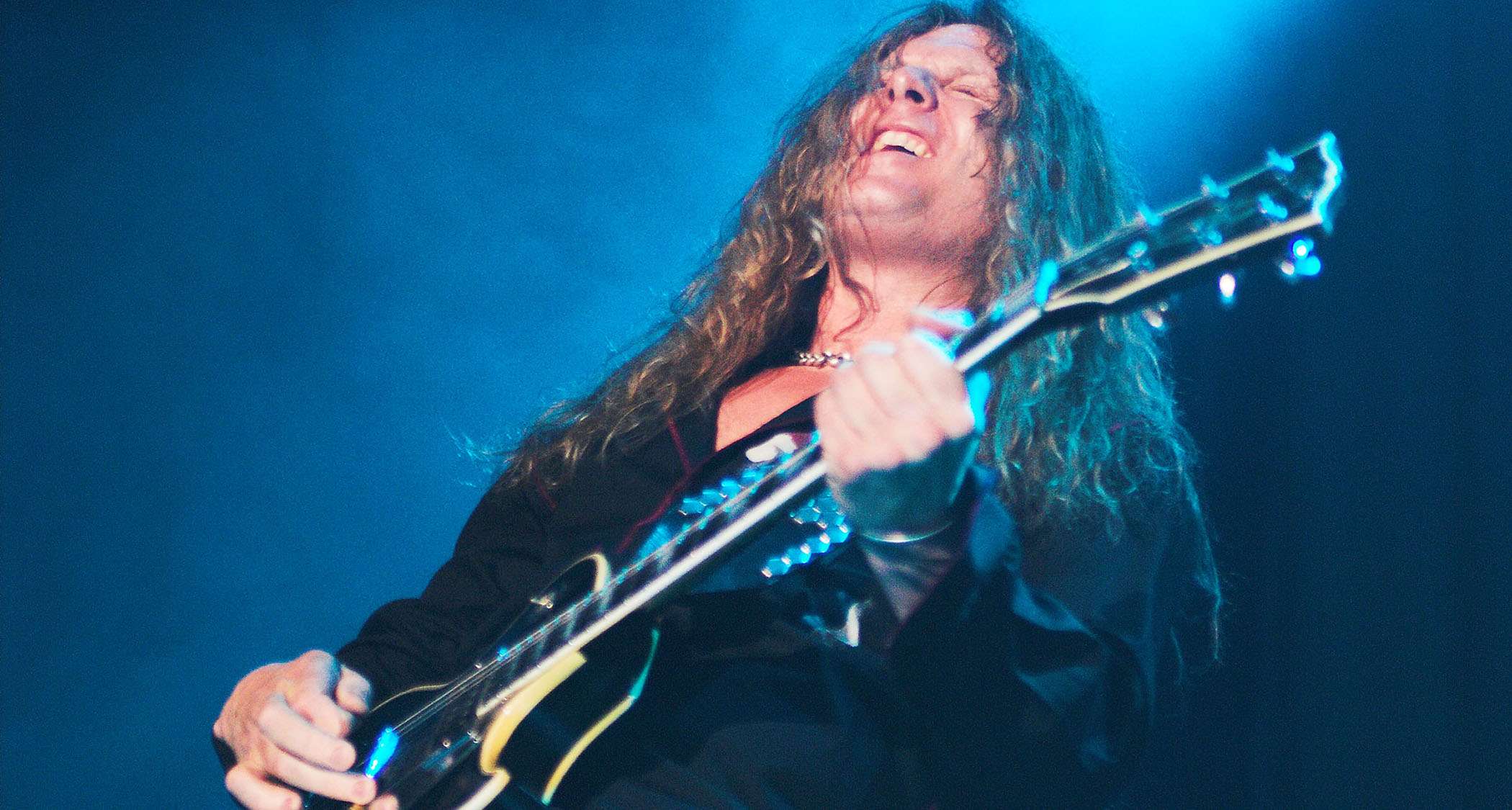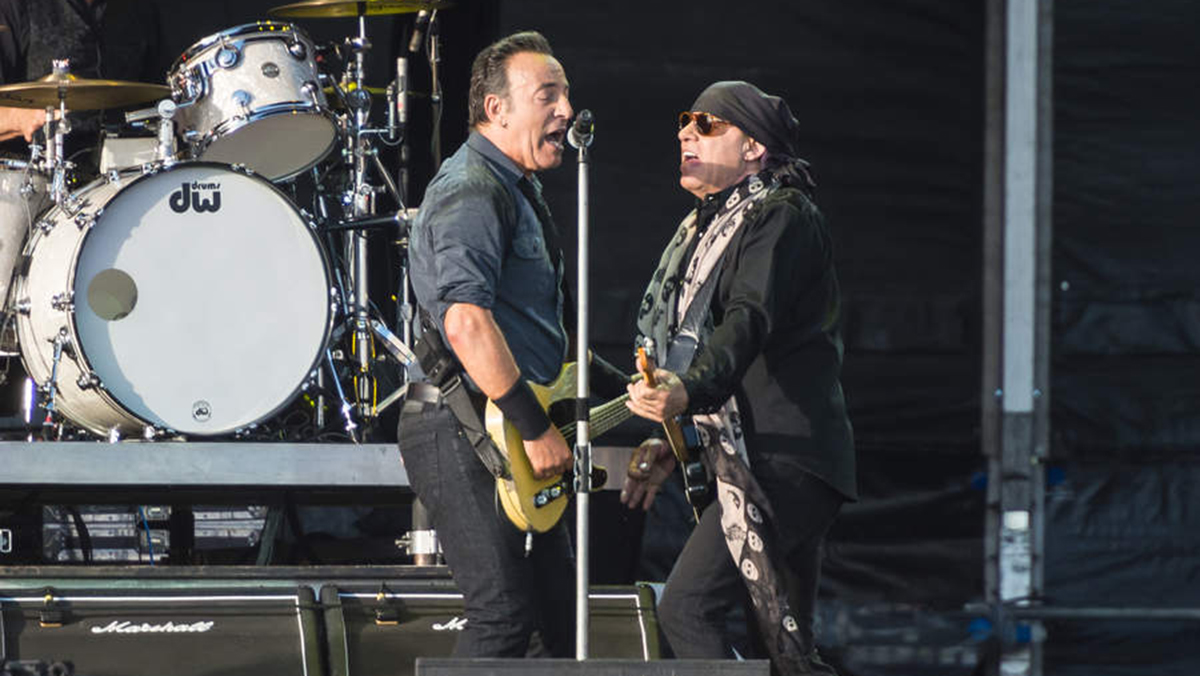“Mirroring” Fretboard Shapes 12 Frets Higher with Taps
Learn how to take a fretboard shape for a given note sequence and “octave mirror” it by “previewing” each note an octave higher.
As most rock guitarists are well aware, fretboard tapping is a highly useful technique for playing fast, fluid phrases that quickly move across the fretboard.
Eddie Van Halen thrust the technique into the limelight with his tapping tour de force, “Eruption,” released in 1978 on Van Halen, and ever since then guitarists have been experimenting with various tapping approaches and devising new and different ways to apply them, often with breathtaking results.
One of my favorite twists on the standard one-note tap is to take a fretboard shape for a given note sequence, such as a scale pattern, and “octave mirror” it by “previewing” each note an octave higher. This is done by first tapping with the pick hand exactly 12 frets above the conventionally fretted (or open-string) note, followed by a pull-off to it.
In FIGURE 1, the fret hand ascends and descends through one octave of a third-position pattern for the G blues scale (G Bb C Db D F), with each conventionally fretted note preceded by a tap and pull-off from 12 frets above, in what looks like the same shape moved up to 15th position. I begin by tapping G on the low E string’s 15th fret with my pick-hand index finger, which I then pull-off in an upward flicking movement to the G note one octave lower, fretted with the index finger at the third fret. The same approach is employed for every note in the scale as it ascends, using the pinkie to tap Bb at the 18th fret, followed by a pull-off to Bb at the sixth fret.
I then use my pick hand’s index, middle and ring fingers to tap and pull off notes on the A string and then the index and ring fingers on the D string, after which I move back down the pattern.
Now let’s try doing the same thing across all six strings and two octaves, as demonstrated in FIGURE 2. A useful approach here is to tap with the same finger that the opposite hand uses to fret the note one octave lower, so that all four pick hand fingers are employed for tapping at some point. The pattern, however, may alternatively be performed with just a single tapping finger, which would need to continually shift, or any combination of fingers. Try various approaches and see what works best for you!

FIGURES 3–6 expand on this concept with patterns that have you consecutively tapping two or more notes with the pick hand before pulling off to the fret hand. In FIGURES 3 and 4, two descending tapped notes are followed by pull-offs to the same two notes fretted an octave lower. In FIGURE 5, three tapped notes are sounded before pulling off to two fret-hand notes, forming a quicker quintuplet rhythm. FIGURE 6 simply “doubles up” the approach shown in FIGURES 3 and 4, as the two tapped notes are both repeated before pulling off to the lower notes, resulting in an exciting and even faster septuplet rhythm.


Get The Pick Newsletter
All the latest guitar news, interviews, lessons, reviews, deals and more, direct to your inbox!
“He combined the passion of Gary Moore with riffs inspired by Zeppelin and Deep Purple, plus unexpected melodic twists like Ritchie Blackmore”: He was one of ’80s rock’s great journeymen – and his searing hot lead work inspired Marty Friedman
How to get better at guitar – 10 proven ways to improve your playing fast










